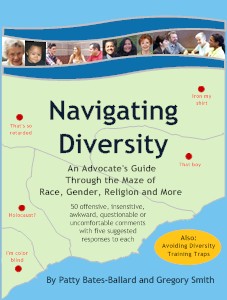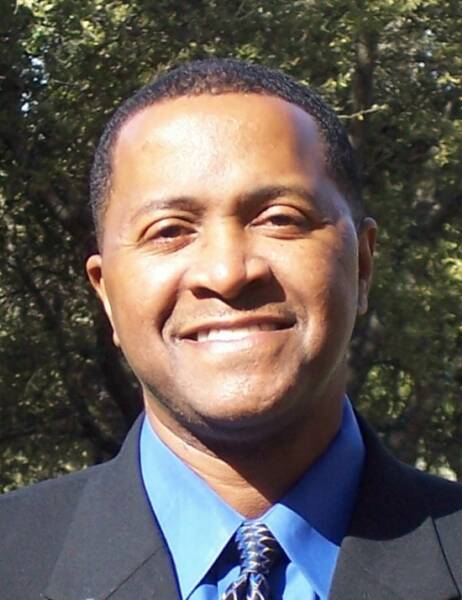


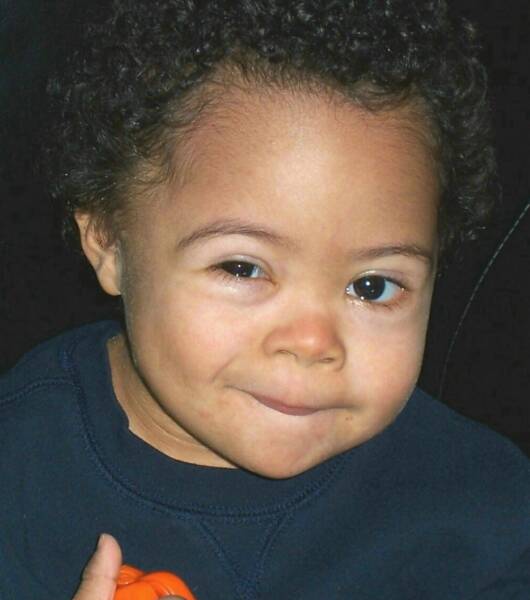




Copyright 2008, Navigating Diversity
Website developed by WordSmooth
50 Dallasites Honor Dr. King with Commitment to Understand Each Other
January 21, 2009 Dallas, TX
Over 50 people considered the idea that gaining understanding might be more valuable than being right Monday. The discussion took place at the First Unitarian Church of Dallas, and was one of 1,100 “Day of Service” events across the country commemorating Dr. Martin Luther King, Jr. Day.
Patty Bates-Ballard and Gregory Smith led the discussion by introducing concepts from their new book, Navigating Diversity: An Advocate’s Guide Through the Maze of Race, Gender, Religion and More. Bates-Ballard reflected on a recent study by Yale and York Universities in which people who witnessed a racial slur did not respond to the comment. In the experiment, live witnesses selected the person who made the comment as a teammate in much higher numbers than did those who watched the comment on tape or read about it. “Intolerance is intimidating,” said Bates-Ballard. “I think we often are shocked when we hear an offensive comment and are unprepared to respond, and we’re afraid of how people will respond. That’s why we’re here tonight – to better prepare ourselves to respond when we experience an offensive comment or action.”
Attendees entered the conversation almost immediately, sharing their own experiences of responding or not responding to offensive comments. David Bowling said that he recently told friends at a dinner party that he did not want to hear the “n-word”. Bowling said that instead of rejecting his stance, his friends delved into an expansive conversation. And the person who had used the term ultimately agreed to remove it from his vocabulary.
Nancy Bateman reported that she had just read the Navigating Diversity introduction before sitting down to lunch with a former colleague of a different religion than her own. “The tips and concepts presented helped me to be able to ask clarifying questions and frame answers and responses to further discussion rather than refute,” said Bateman.
Curiosity
In order to achieve these types of outcomes, co-author Gregory Smith said, we must navigate the many variables that make up human communication. “Ninety-three percent of what humans say to each other is communicated non-verbally or para-verbally,” said Smith. “So the words we say are important, but how we say them is even more important. Tone of voice, inflection, body language -- all of that really is crucial to our message getting across when we’re all from the same culture. When we’re communicating across cultures, we also have to deal with stereotypes and the different ways that cultures express emotions. It’s a lot. So the book outlines how to seek to understand from a position of curiosity,” he explained.
As a step toward curiosity, the authors suggested that participants suspend or set aside their opinions temporarily and start by asking questions. But some said they found that impossible to do.
Jane Velten, a colleague of the co-authors and editor of the book, acknowledged that asking questions when someone makes an offensive comment can be difficult. “But I’ve used the approach many, many times to reach a deeper understanding. It’s powerful,” she said. Another attendee synthesized the approach this way: “If we insist on seeing ourselves as right and the other person as wrong, this system doesn’t work. But it is really useful if the goal is to gain a deeper understanding.”
The Five Response Categories
Bates-Ballard and Smith outlined their book’s five types of possible responses to offensive comments, corresponding to basic human interaction styles.
Thought-provoking responses are questions that cause the speaker to think about what was just said. “What is your experience with that?” and “What led you to say that?” are some thought-provoking questions that can de-escalate the situation and sometimes lead to a constructive conversation.
Personal statements about one’s own experiences and feelings related to the comment are often very powerful. Sharing personal experiences and feelings makes an argument less likely to occur, the authors say. “I am extremely upset about what you said” and “I feel really sad when I hear that kind of comment” are examples of personal responses.
Informative brief facts can also be helpful, if the person who made the comment seems interested.
A Light satirical comment or rhetorical question is another option, when the setting or time doesn’t allow for a more in-depth exchange. Light responses allow one to say something when otherwise he or she might say nothing at all.
Authoritative statements that require respectful behavior are appropriate for parents and others in leadership positions. “That language is disrespectful and I don’t want to hear you say that again” is an example of an authoritative response to an insensitive comment.
More Sharing
One participant recounted an incident in which a Jewish friend was repeatedly told by Christian co-workers that she is going to hell. The group was united in their belief that this inappropriate comment deserved a direct and no nonsense response.

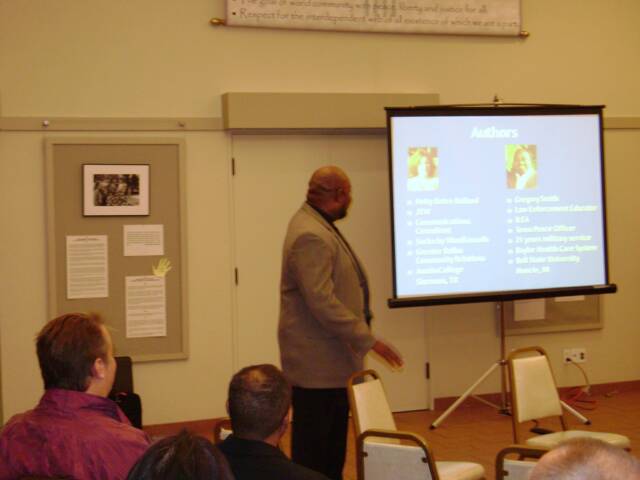
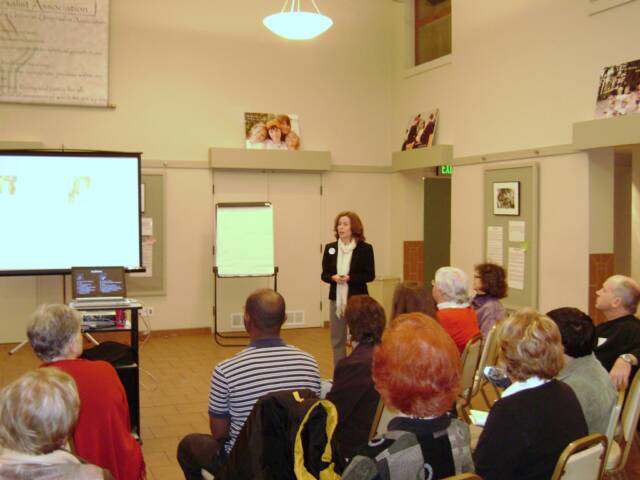
Another participant shared her experience of responding to a man on the subway who was using racial slurs. But he continued the banter. Only after a man of his same ethnicity condemned it, did the man stop. Bates-Ballard and Smith congratulated the young woman for her courage, and yet cautioned the group not to risk their safety when responding to offensive remarks.
Dr. Daniel Kanter, senior pastor at the church, checked an assumption underlying the discussion. “I think there is an inherent assumption that we know what is offensive. And I’m not sure we always do. Can you help us with that?” Bates-Ballard responded, “I think at one level, most of us know the words that are highly offensive. But as you get down into more subtle levels, you’re right – we don’t always know. And there’s no easy way to learn that, other than exposing ourselves to diversity. When we put ourselves in a position where we are the only person of privilege, and then listen, the learning potential is great. I don’t know any other way to do it,” she said.
By the end of the evening, many participants agreed to respond more often to offensive and insensitive comments in a way that deepens understanding and creates connection. And one participant went a step further. “I also commit to stop gossiping,” she said.
Participants gather for the Navigating Diversity discussion
Co-author Gregory Smith leads the discussion
Co-author Patty Bates-Ballard leads the discussion
Smith and Bates-Ballard debrief the discussion
